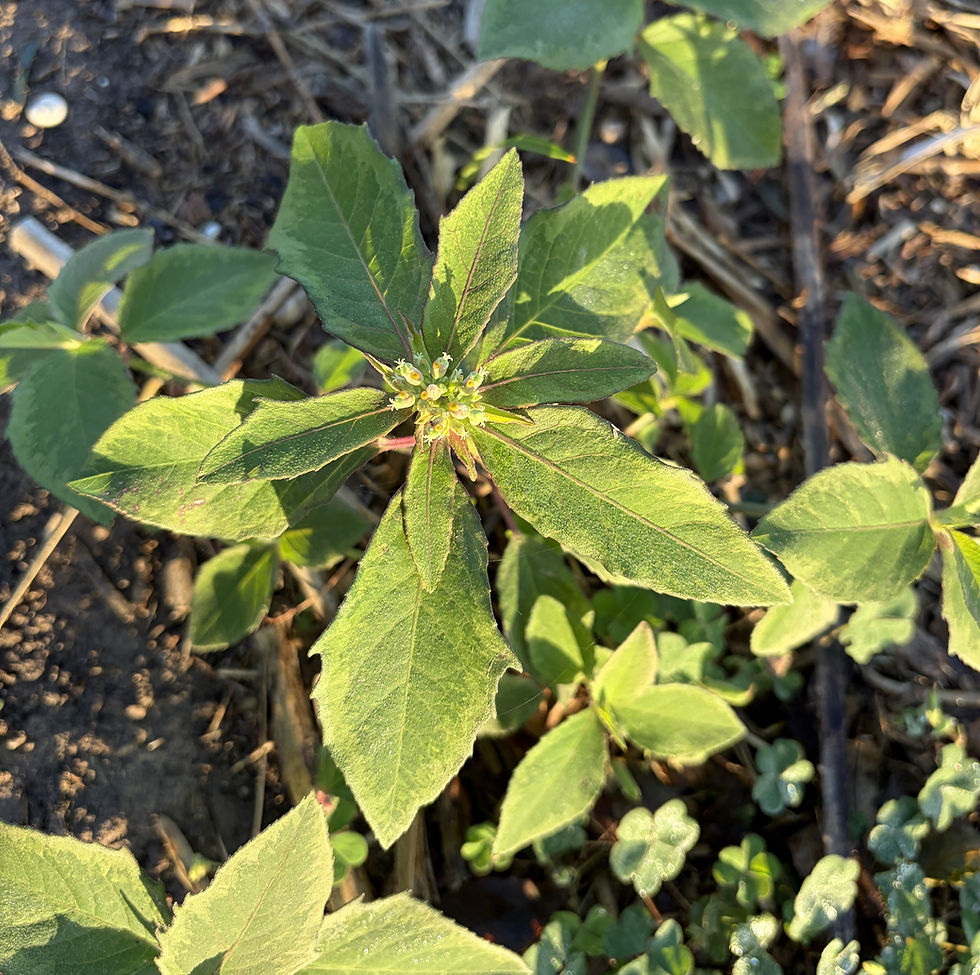That’s what October is made of
- jjvanm
- Oct 16, 2022
- 4 min read
-- Colorful plants and showy insects
Published October 15, 2022 in the McAllen Monitor.
Story and photos by Anita Westervelt, Texas Master Naturalist

A colorful fall garden is a thing of beauty, especially in October in the Valley, when butterflies swarm residential gardens, neighborhoods, parks and attractively planted busy city intersection medians.
Many plants, though, play a larger role in the habitat than just providing nectar to passing butterflies. Butterflies, moths and other insects use specific plants as larval host plants where females of the species lay their eggs. The eggs of butterflies and moths develop into caterpillars that feed on the leaves, buds, flowers and seed pods, thus ensuring the next generation of these important insects. Bugs, beetles and other insects also use host plants for feeding their nymphs.
Butterfly and moth caterpillars go through a few growth stages, called instars, before spinning a butterfly chrysalis or wrapping into a moth cocoon, eventually emerging as important winged pollinators. Host plants are not harmed by feeding caterpillars; new leaves and flowers continue to push out on the plants’ stems.
Indian blanket, Gaillardia pulchella, is a familiar local plant that serves multiple roles. Native to south-central United States and Mexico, the colorful orange and yellow petaled daisy-like flower of Indian blanket is not only rich in nectar, it is a host plant to the equally colorful bordered patch butterfly and checkerspot butterflies.

Indian blanket also is a larval host to the painted schinia moth, a small, magenta and yellow colored moth with a wingspan of less than one inch. The moth is attracted to lights at night, and one found its way to my black light moth sheet set up earlier this month.

Other names for Indian blanket are fire wheel and girasol rojo. Blooms peak by late summer and readily reseed for new plants come spring.
Flowers don’t have to be colorful to attract attention. An often-overlooked plant is common balloon vine, Cardiospermum halicacabum. Tiny white flowers provide nectar for butterflies and bees during most months of the year. The plant is host to the silver-banded hairstreak and other hairstreak butterflies and the silvered prominent moth.



Not only that, common balloon vine is a host plant for the red-shouldered bug, a blue bug with red shoulders. The nymphs are opposite in coloration, with a red abdomen and blue shoulders. The bugs are not harmful to humans, lawns, garden vegetables or structures. They seem to only eat the seeds, leaves and stems of their favorite host plants, like balloon vine. The vine is easy to remove if it gets too unruly; removing the plant gets rid of the red-shouldered bugs.
Some rodents, grasshoppers, birds, praying mantises and spiders occasionally prey on red-shouldered bugs. The bugs are present year-round in Texas and more so in the fall. They feed in groups and favor developing seeds and fruits of the host plant.

Common balloon vine is especially fun in late October when the seedpods turn cinnamon-colored and look like festive Hallowe’en lanterns. The dried pods are tissue-paper thin, each containing two or three round black, white-tipped seeds. Bob-white quail eat the seeds.

- 30 -
Now’s the time to plant a native garden at home or in your community
Compiled by Anita Westervelt, Texas Master Naturalist
We’re quickly approaching the best time of year to plant a native garden and an optimal time in the Valley to plant native trees – with cooler temperatures, plants can survive better without the stress of summer's heat and drought.
Below are sources to help you with your plant selection.
A useful spreadsheet to download for Rio Grande Valley butterfly native nectar and butterfly host plants, compiled by Texas Parks and Wildlife Invertebrate Biologist Mike Quinn, is at the following National American Butterfly Association link:
https://naba.org/chapters/nabast/plants_info.pdf. Nectar ratings are listed as excellent, good, fair and poor.
A comprehensive book describing many of the Lower Rio Grande Valley native plants by local authors is available at local nature park bookstores: Richardson, Alfred and King, Ken. “Plants of Deep South Texas, A Field Guide to the Woody and Flowering Species.” 1st ed., Texas A&M University Press, College Station, 2011.
A book about moths and their host plants in Texas was published earlier this year: Weber, Jim and Weber, Lynne. “Native Host Plants for Texas Moths: A Field Guide.” 1st ed., Texas A&M University Press, College Station, 2022. Here’s a quick link to the university press if it is not yet stocked locally: https://www.tamupress.com/search-results/?category=TAMUGG
For a list of local native plant growers visit: https://www.stbctmn.org/post/valley-native-plant-growers-nurseries Phone for location and hours of operation.

In addition, consider joining the local Texas Master Naturalist organization to learn even more about the native habitat. Registration is open through December 16, to join the 2023 South Texas Border Chapter of the Texas Master Naturalist training class. Hidalgo, Starr and Cameron county residents, over the age of 18, and Winter Texans are welcome.
Follow the instruction sheet on the chapter’s new class webpage at https://www.stbctmn.org/the-next-class. Or contact one of the new class directors for more information: Anne Mayville, at nurse_anne@msn.com or Jim Gerry at jimgerry@gmail.com.
The chapter website is at this link: https://www.stbctmn.org/. Read more about the nature of the Rio Grande Valley here: https://www.stbctmn.org/blog.
- 30 -





